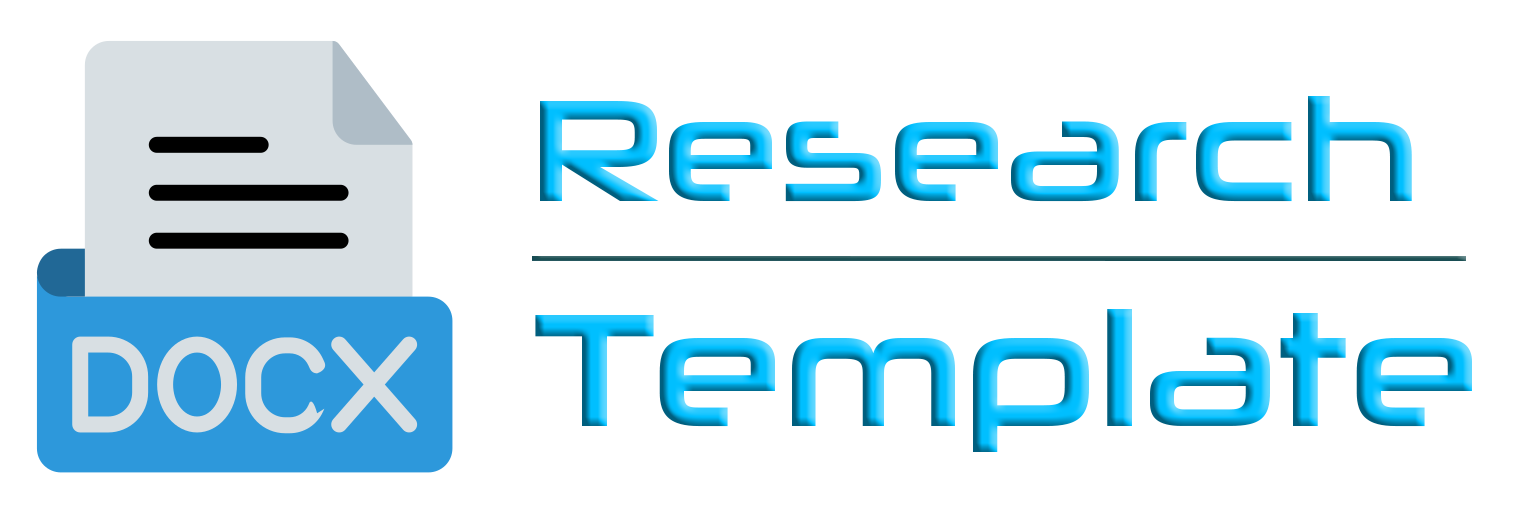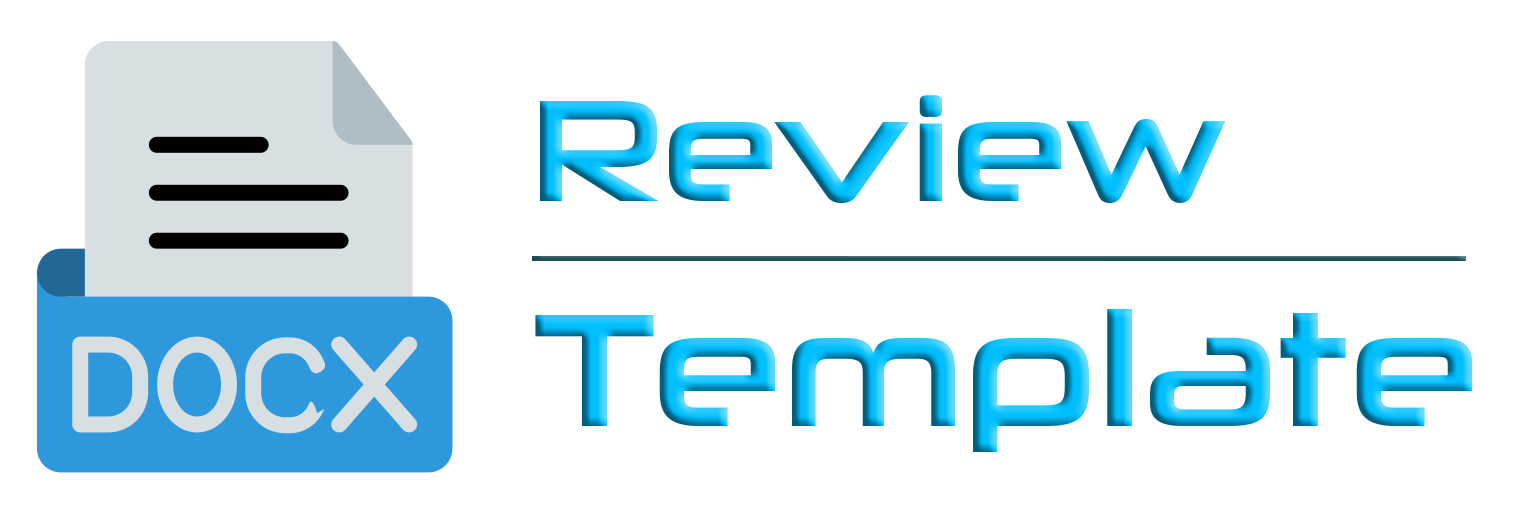Generative AI policies
The use of generative AI and AI-assisted technologies in manuscript preparation - an overview
We recognizes the potential of generative AI and AI-assisted technologies (“AI Tools”), when used responsibly, to help researchers work efficiently, gain critical insights fast and achieve better outcomes. Increasingly, these tools, including AI agents and deep research tools, are helping researchers to synthesize complex literature, provide an overview of a field or research question, identify research gaps, generate ideas and provide tailored support for tasks such as content organization and improving language and readability. Authors preparing a manuscript for an Tanggon Kosala journal can use AI Tools to support them. However, these tools must never be used as a substitute for human critical thinking, expertise and evaluation. AI Tools should always be applied with human oversight and control. Ultimately, authors are responsible and accountable for the contents of their work. This includes accountability for:
-
Carefully reviewing and verifying the accuracy, comprehensiveness, and impartiality of all AI-generated output (including checking the sources, as AI-generated references can be incorrect or fabricated).
-
Editing and adapting all material thoroughly to ensure the manuscript represents the author’s authentic and original contribution and reflects their own analysis, interpretation, insights and ideas.
-
Ensuring the use of any tools or sources, AI-based or otherwise, is made clear and transparent to readers — for the use of AI Tools we require a disclosure statement upon submission.
-
Ensuring the manuscript is developed in a way that safeguards data privacy, intellectual property and other rights, by checking the terms and conditions of any AI Tool that is used.
Responsible use of AI Tools Authors must check the terms and conditions of any AI Tool that they use to ensure that the privacy and confidentiality of their data and inputs, including their unpublished manuscripts, is maintained. Particular care should be taken with any personally identifiable data. Images that duplicate or refer to existing copyrighted images, real people, or others’ identifiable products or brands must not be generated, nor any likeness of an individual’s voice. Authors should check for factual errors and for any potential bias.
Authors should also check the terms and conditions of any AI Tool they wish to use to ensure that, they only grant to the AI Tool the right to use their materials to provide the service to them and that they do not grant to the AI Tool any other rights to the materials that they input into the AI Tool (including without limitation the right to train the AI Tool on those materials). They must also ensure that the AI Tool does not impose constraints on the use of outputs from the AI Tool in a way that could restrict the subsequent publication of the relevant article. Disclosure Authors should disclose the use of AI Tools for manuscript preparation in a separate AI declaration statement in their manuscript upon submission and a statement will appear in the published work. Authors should document their use of AI, including the name of the AI Tool used, the purpose of the use, and the extent of their oversight. Declaring the use of AI Tools supports transparency and trust between authors, readers, reviewers, editors and contributors and facilitates compliance with the terms of use of the relevant AI Tool. Basic checks of grammar, spelling and punctuation need no declaration. AI use in the research process should be declared and described in detail in the methods section. Authorship Authors should not list AI Tools as an author or co-author, nor cite AI Tools as an author. Authorship implies responsibilities and tasks that can only be attributed to and performed by humans. Each (co-) author is accountable for ensuring that questions related to the accuracy or integrity of any part of the work are appropriately investigated and resolved and authorship requires the ability to approve the final version of the work and agree to its submission. Authors are also responsible for ensuring that the work is original and has not been previously published, that the stated authors qualify for authorship, and the work does not infringe third party rights, and should familiarize themselves with Tanggon Kosala’s Publication Ethics before they submit.
The use of generative AI and AI-assisted tools in figures, images and artwork
We do not permit the use of Generative AI or AI-assisted tools to create or alter images in submitted manuscripts. This may include enhancing, obscuring, moving, removing, or introducing a specific feature within an image or figure. Adjustments of brightness, contrast, or color balance are acceptable if and as long as they do not obscure or eliminate any information present in the original. Image forensics tools or specialized software might be applied to submitted manuscripts to identify suspected image irregularities.
The only exception is if the use of AI or AI-assisted tools is part of the research design or research methods (such as in AI-assisted imaging approaches to generate or interpret the underlying research data, for example in the field of biomedical imaging). If this is done, such use must be described in a reproducible manner in the methods section. This should include an explanation of how the AI or AI-assisted tools were used in the image creation or alteration process, and the name of the model or tool, version and extension numbers, and manufacturer. Authors should adhere to the AI software’s specific usage policies and ensure correct content attribution. Where applicable, authors could be asked to provide pre-AI-adjusted versions of images and/or the composite raw images used to create the final submitted versions, for editorial assessment.
The use of generative AI or AI-assisted tools in the production of artwork such as for graphical abstracts is not permitted. The use of generative AI in the production of cover art may in some cases be allowed, if the author obtains prior permission from the journal editor and publisher, can demonstrate that all necessary rights have been cleared for the use of the relevant material, and ensures that there is correct content attribution.









